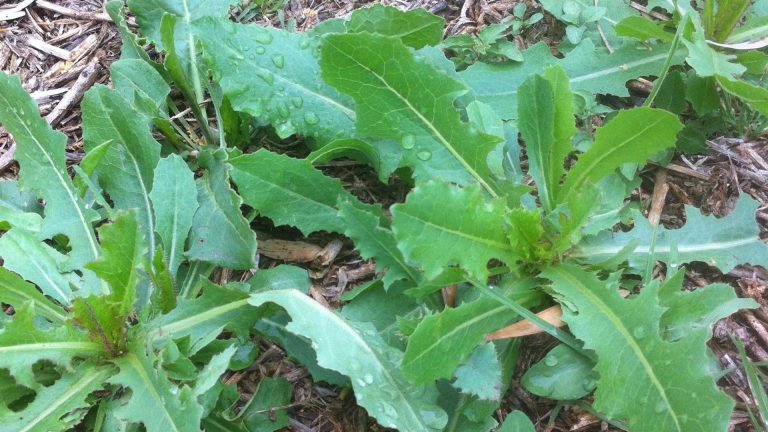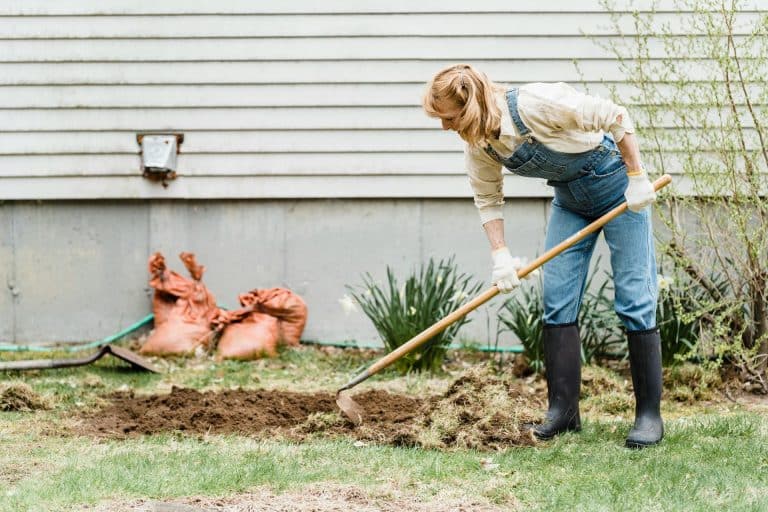Have you ever walked past a tall roadside plant and wondered if it could be wild lettuce? I first got interested in wild lettuce after reading about its historical uses and wanting to expand my knowledge of edible plants.
Some people forage for wild lettuce due to its traditional herbal benefits, while others want to build survival skills.
I quickly realized that many foragers seek out this plant to deepen their connection with nature and learn more about the world around them. Identifying wild lettuce became a top priority for me once I understood the risks of confusing it with toxic look-alikes.
Poison hemlock, which grows in similar areas, taught me the importance of accurate identification for safety.
Why Identification of Wild Lettuce Matters
Getting wild lettuce identification wrong can be a big mistake. It might seem harmless, but mixing it up with toxic plants can be dangerous.
Wild lettuce has been used for different reasons over the years, but only when you know it’s the real thing. The problem? Some deadly plants look similar. Poison hemlock grows in the same spots and can kill you if eaten.
Water hemlock is just as dangerous and also gets confused with edible wild plants. You also need to be familiar with the law. Some places ban foraging without a permit.
That includes national parks and private land. Even picking the wrong protected plant can lead to steep fines. Always double-check before touching or picking anything. Use multiple sources, and don’t rely on just one photo.
Your safety depends on it.
Key Identification Features of Wild Lettuce
Wild lettuce has several features that help you tell it apart from toxic look-alikes. These traits can keep you safe when identifying plants in the wild.
1. Leaf Shape and Texture
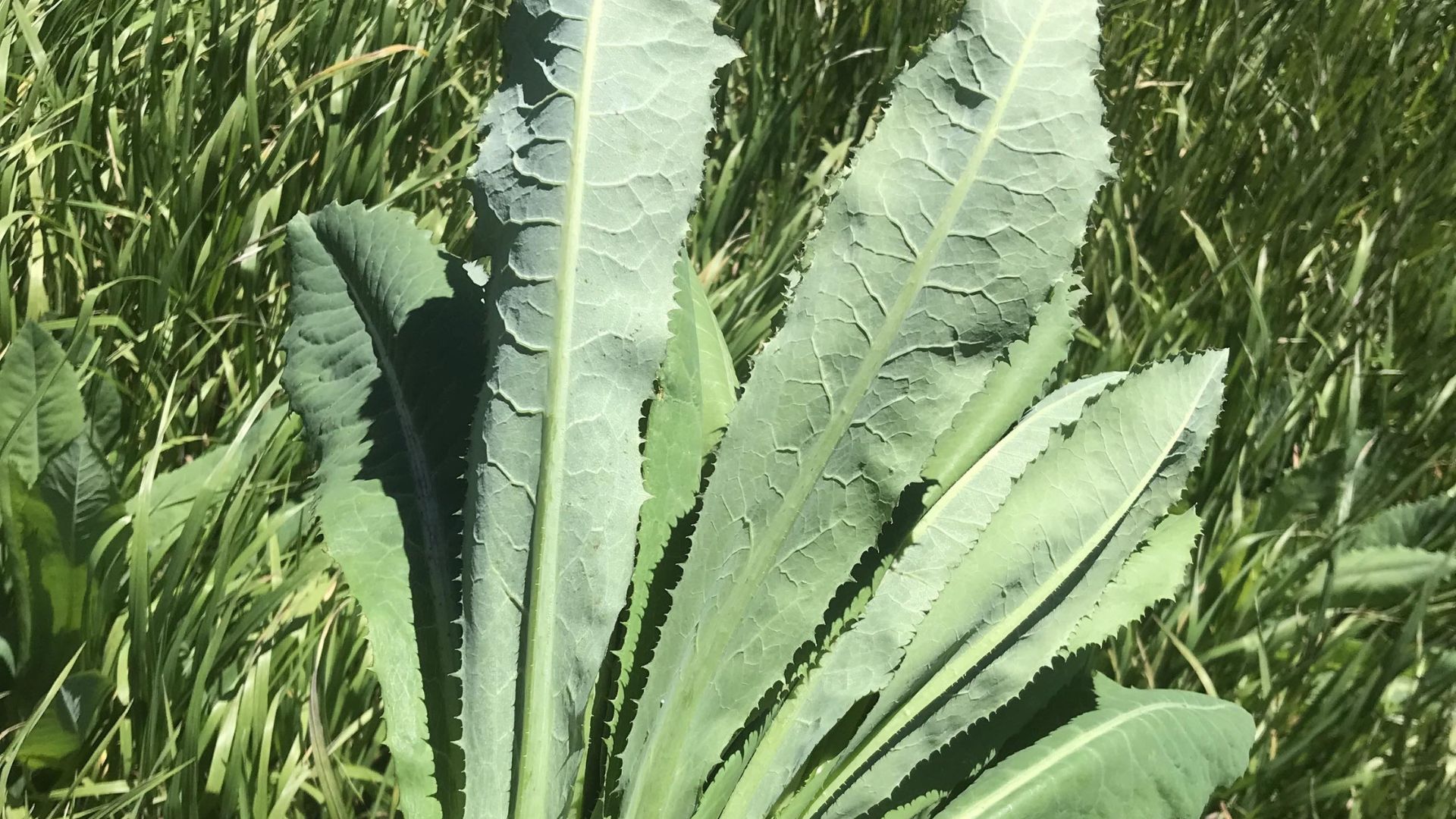
Wild lettuce leaves are deeply lobed with jagged edges and feel slightly prickly to the touch. Early growth shows a rosette at the base.
As it matures, leaves grow alternately up the main stem and get smaller near the top. The deep green color stays the same all season.
2. Milky Sap
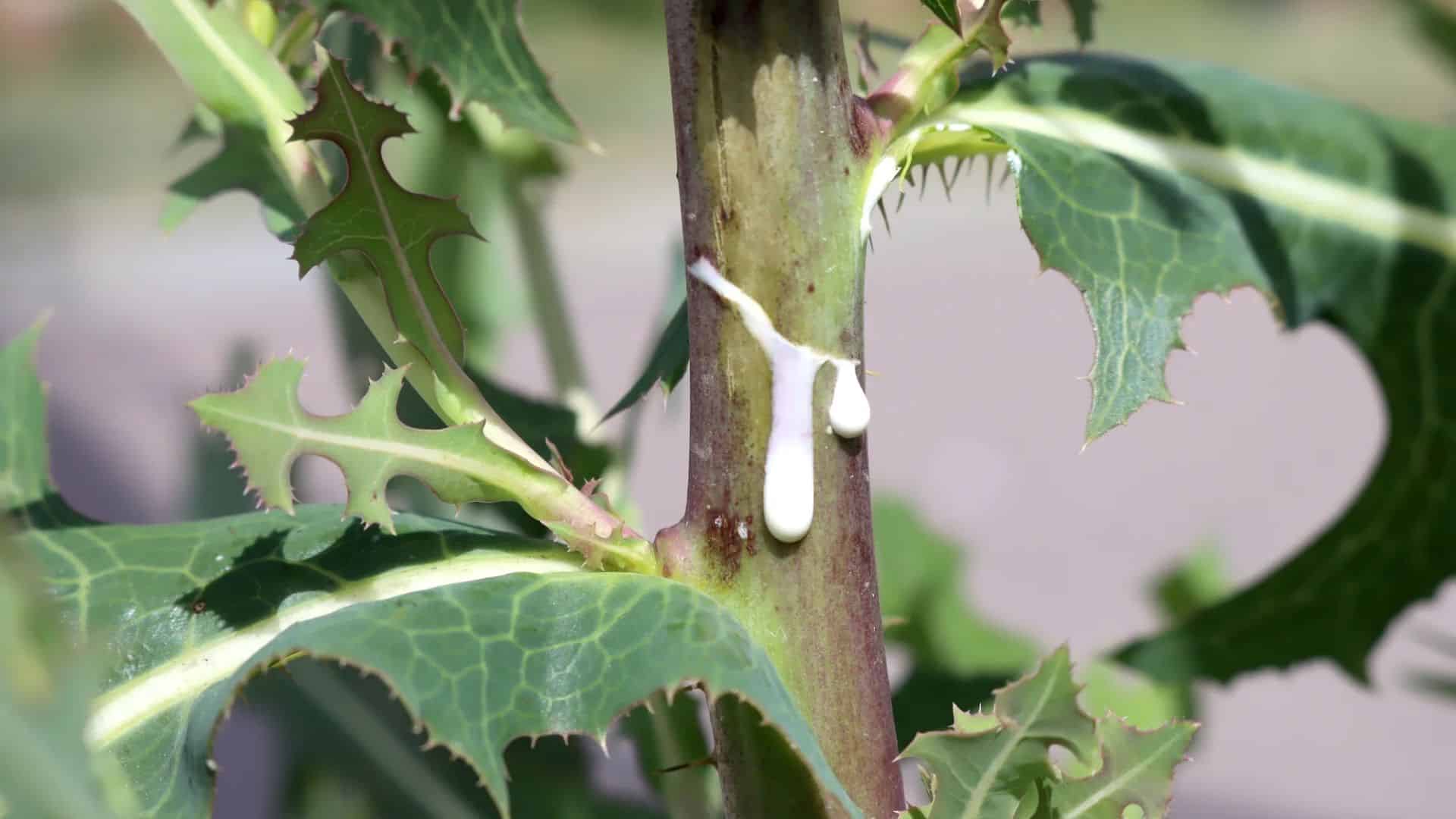
Break the stem, and thick white sap oozes out right away. This milky latex is one of the easiest ways to confirm wild lettuce.
It comes out fast and smells a bit bitter. Always check for this before harvesting; it’s one of the most reliable identification signs.
3. Plant Height and Growth Habit
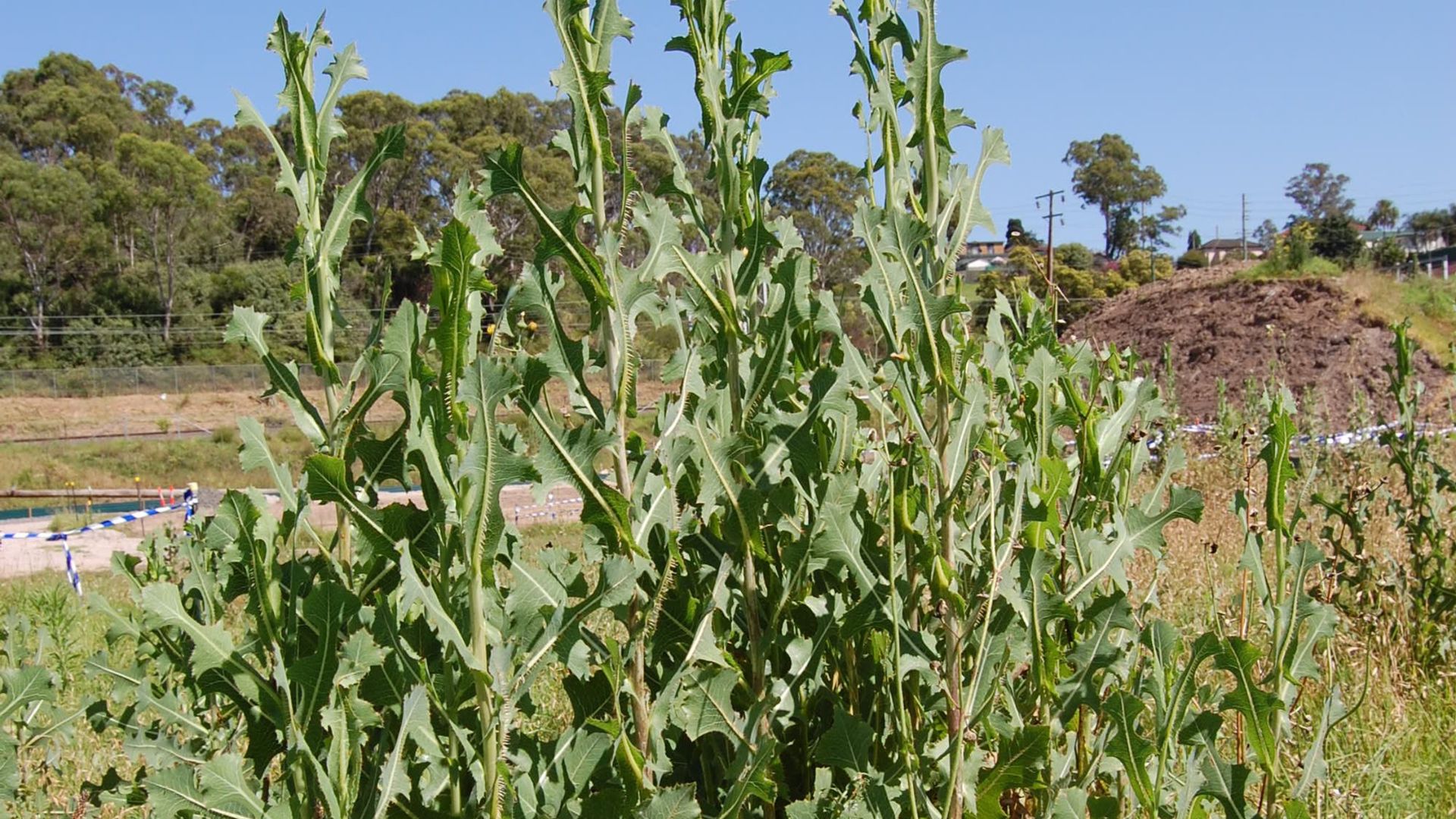
This plant can reach four to six feet tall in good conditions. It starts low and leafy, then sends up one main stalk as it grows.
The stem stays mostly bare, with fewer leaves higher up. That tall, single-stalk shape helps it stand out from other plants.
4. Flower Appearance
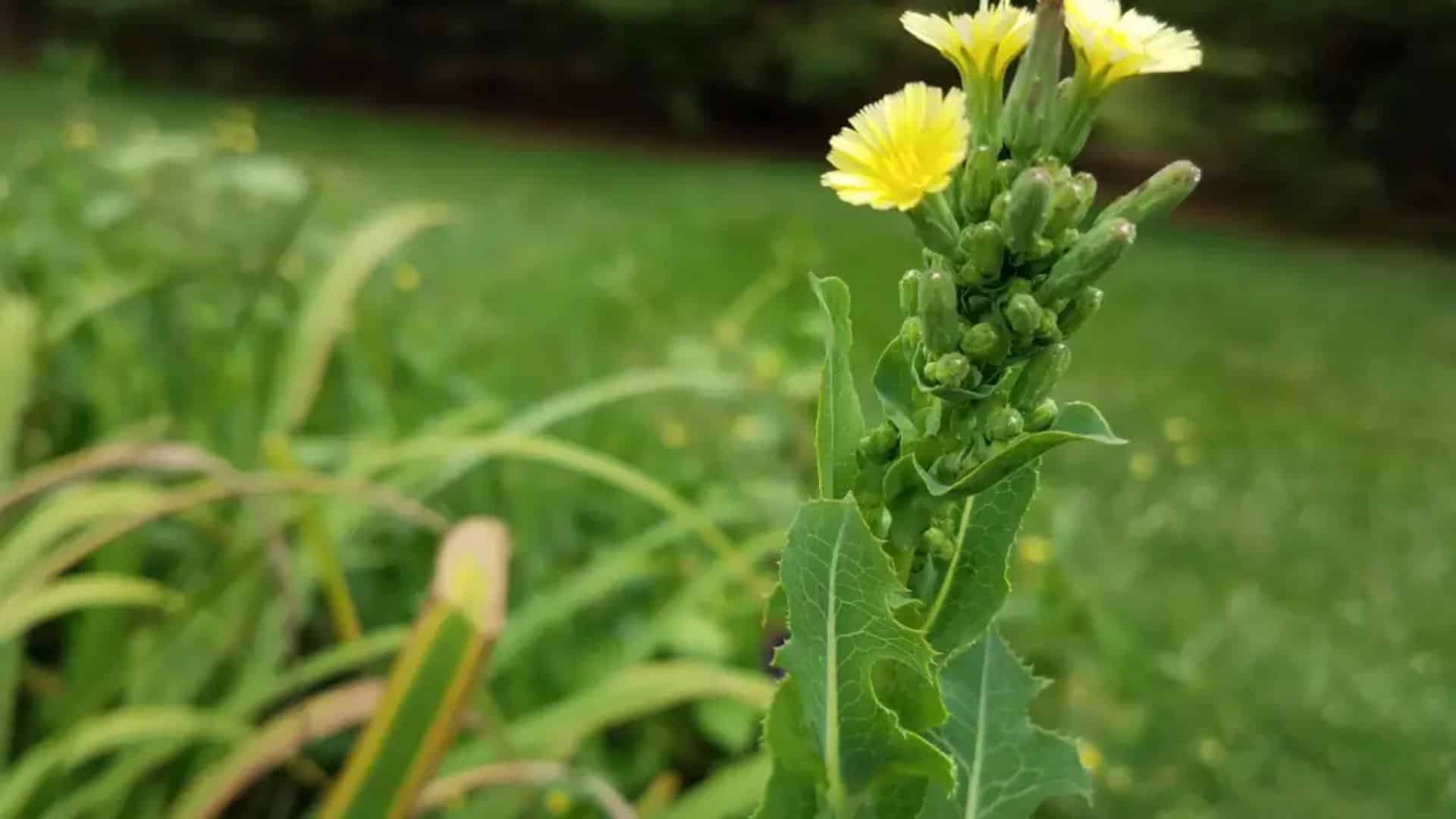
Tiny yellow flowers bloom in small clusters at the top of the plant during mid to late summer. They look like mini dandelions but are much smaller.
Flowering usually happens from July through September, depending on your region. These blooms mark the plant’s mature stage.
5. Seed Head and Puffball
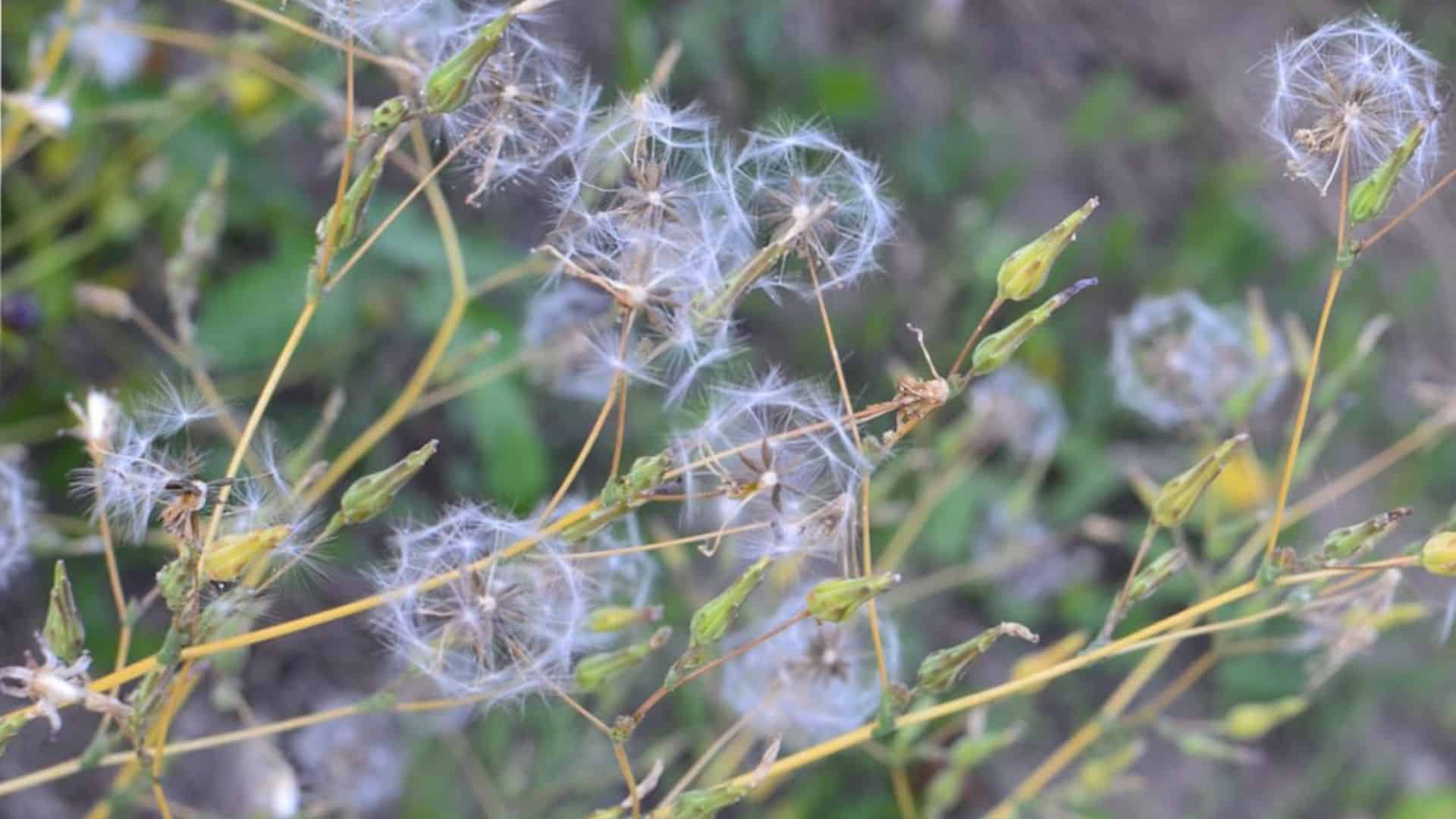
After blooming, the flowers turn into white, fluffy seed heads. They look like small dandelion puffballs and appear in late summer or fall.
Each seed has a tiny parachute to float on the wind. This stage is a sure sign the plant is wild lettuce, ready to reseed.
Where and When to Find Wild Lettuce?
Wild lettuce is found throughout most of North America, from southern Canada to northern Mexico, and across Europe, where it originated.
It thrives in disturbed soil, often found along roadsides, field borders, vacant lots, and construction sites. This plant does well in areas that get regular disturbance but still get plenty of sunlight.
The best time to spot wild lettuce is from late spring through early fall. In April and May, you’ll see small rosettes on the ground.
By midsummer, tall flowering stalks make it easy to identify. In the fall, the distinctive seed heads appear, helping confirm it’s wild lettuce.
Common Look-Alikes and How to Tell the Difference
Several plants resemble wild lettuce, but they have key differences that are easy to spot. Knowing these distinctions will help you identify wild lettuce with confidence.
1. Dandelion vs. Wild Lettuce
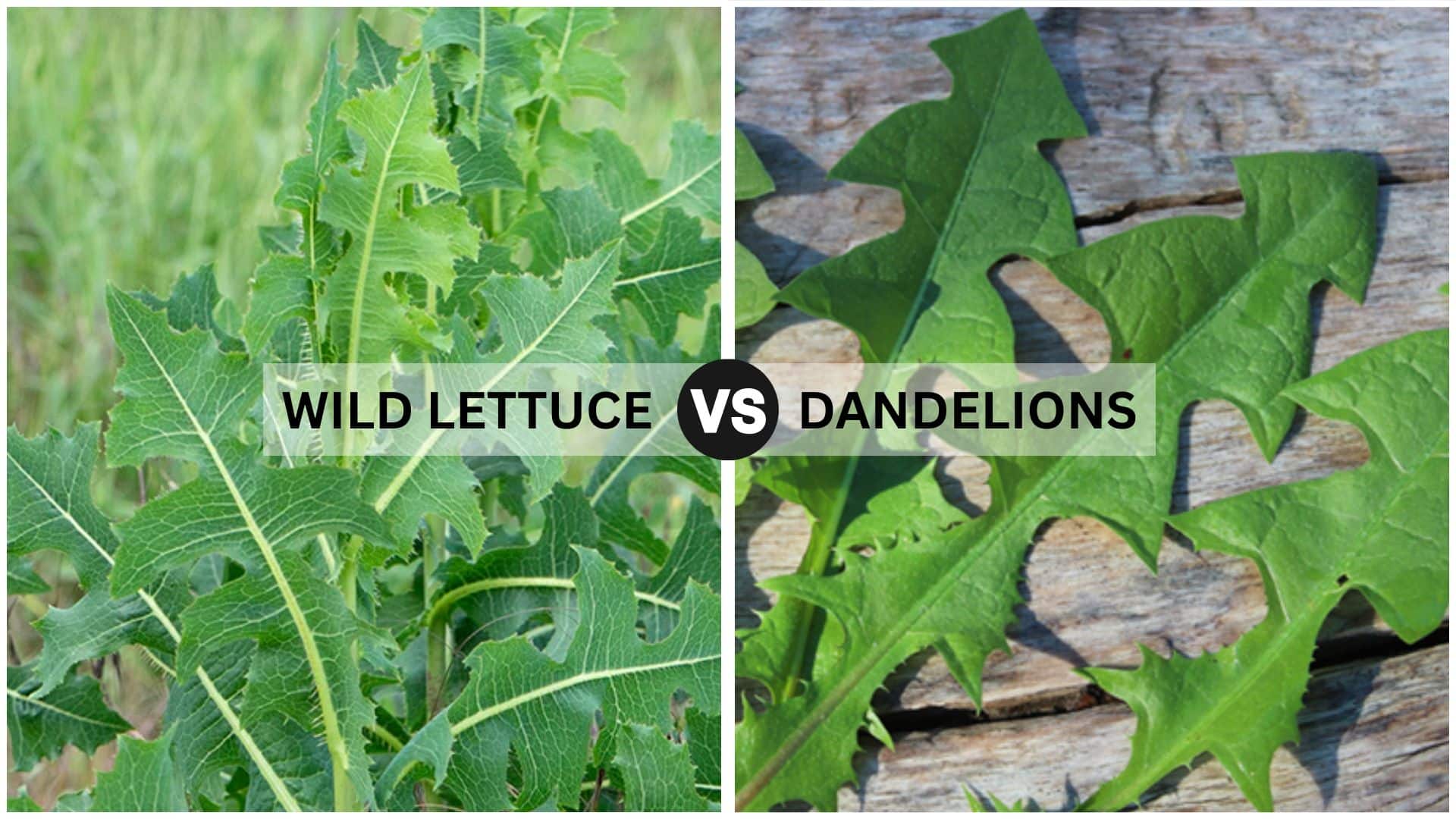
Dandelions are often confused with young wild lettuce rosettes. The main differences are in their mature sizes and flower arrangements.
| Feature | Dandelion | Wild Lettuce |
|---|---|---|
| Plant Height | 2-12 inches | 3-6 feet tall |
| Leaf Pattern | Toothed, smooth edges | Lobed with prickly edges |
| Flower Size | Large, single blooms | Small, clustered flowers |
| Stem Structure | Hollow, no leaves | Solid stem with leaves |
| Growth Habit | Low rosette | Rosette then shoots upward |
Once wild lettuce grows its tall central stalk, it’s easy to tell apart from dandelions.
2. Prickly Lettuce vs. Wild Lettuce
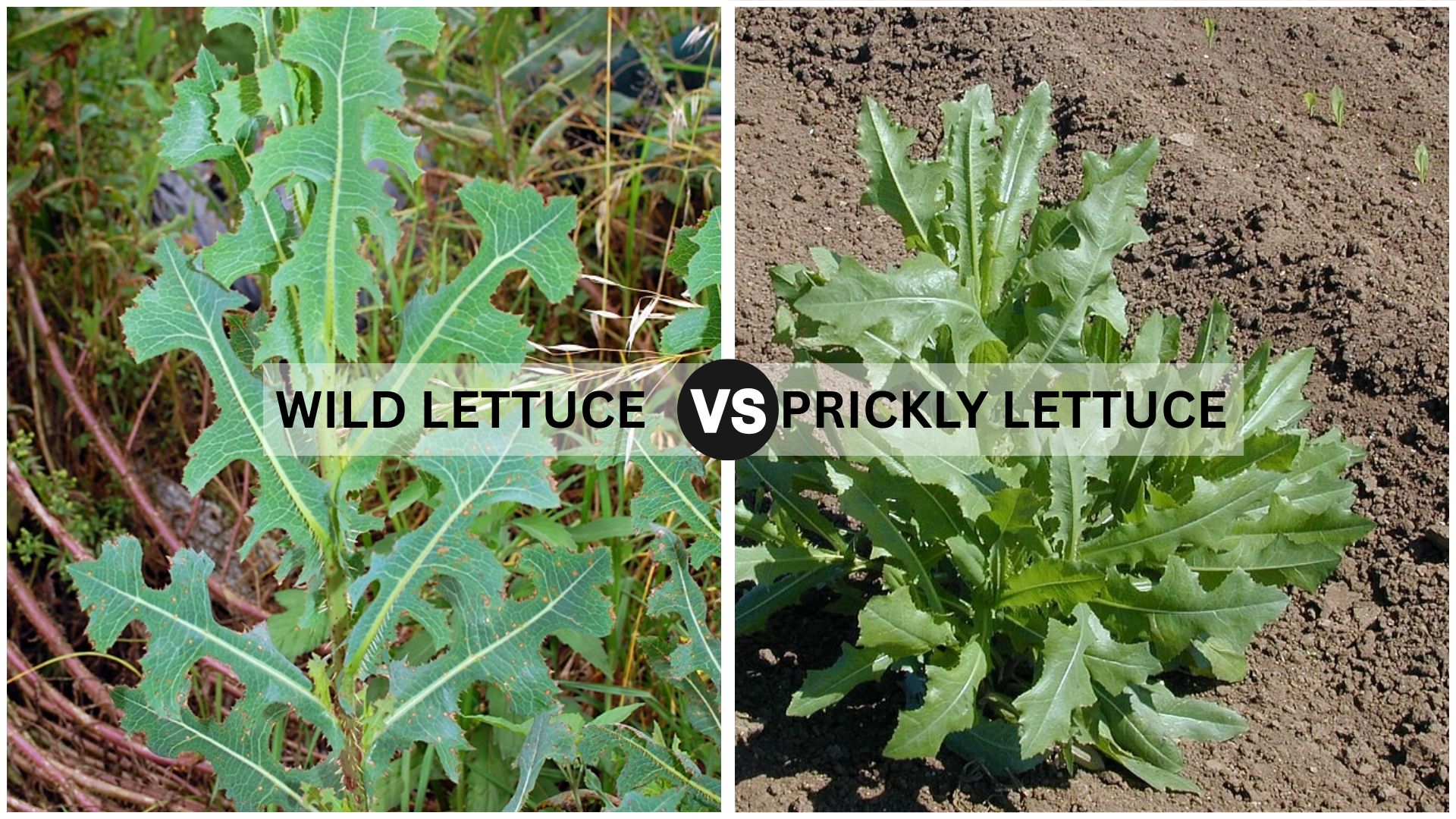
Prickly lettuce is wild lettuce’s closest relative, making it tricky for beginners. However, subtle differences help with identification.
| Feature | Prickly Lettuce | Wild Lettuce |
|---|---|---|
| Leaf Spines | Sharp, prominent | Softer, less noticeable |
| Leaf Color | Blue-green tint | Deep green |
| Stem Texture | Covered in spines | Smooth or lightly textured |
| Leaf Position | Leaves twist vertically | Leaves spread horizontally |
Prickly lettuce’s spines are more noticeable, while wild lettuce feels gentler.
3. Sow Thistle vs. Wild Lettuce
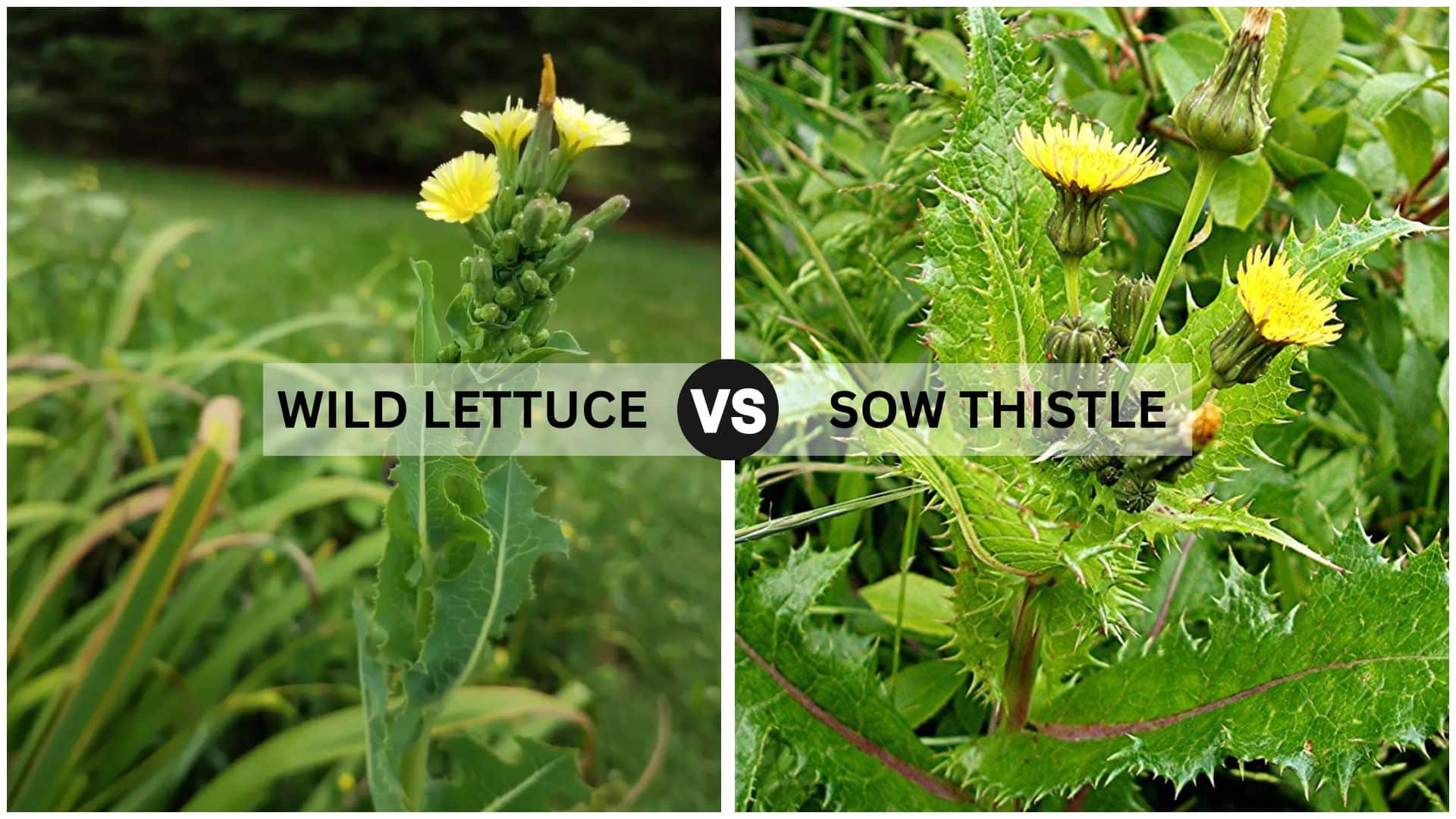
Sow thistle shares similar growing areas, yellow flowers, and milky sap. The leaf shape and plant structure are the main differences.
| Feature | Sow Thistle | Wild Lettuce |
|---|---|---|
| Leaf Shape | Broader with rounded lobes | Narrower with pointed lobes |
| Stem Pattern | Multiple branches | Single central stem |
| Leaf Surface | Light green, waxy | Darker green, matte |
| Flower Clusters | Dense, bright | Smaller, scattered |
| Overall Shape | Bushier, spreading | Tall, narrow growth |
Sow thistle is bushier with multiple branches, unlike wild lettuce’s tall and narrow structure.
Safety Tips for Foraging Wild Lettuce
When foraging, plant identification mistakes can be risky, so it’s essential to follow some safety tips.
- Check at least three identifying features before feeling confident about any plant you find.
- Use multiple field guides or plant identification apps to confirm your findings from reliable sources.
- Never harvest or taste a plant unless you’re completely sure about its safety.
- Start with small amounts, even if you’re confident in your identification, as some people may have sensitivities to certain plants.
Experienced foragers can make mistakes too, especially when rushing. Always take your time to ensure a safe and successful foraging experience.
Wrapping It Up
Identifying wild lettuce has genuinely changed my approach to foraging and plant knowledge.
Through consistent practice, I’ve come to rely on key traits, such as milky sap, lobed leaves, and unique growth patterns, for accurate identification.
Safety is now my top priority; no plant goes unchecked without multiple verifications.
I’ve learned never to rush the process, even if I feel confident about what I’m seeing. Cross-referencing field guides and trusted sources has become my go-to method for ensuring accuracy.
The more I practice, the more confident I become, and each correctly identified plant gives me a sense of accomplishment.
Have you been curious about identifying certain plants? Or maybe you’ve spotted wild lettuce in the wild, let me know your plant experiences below!


